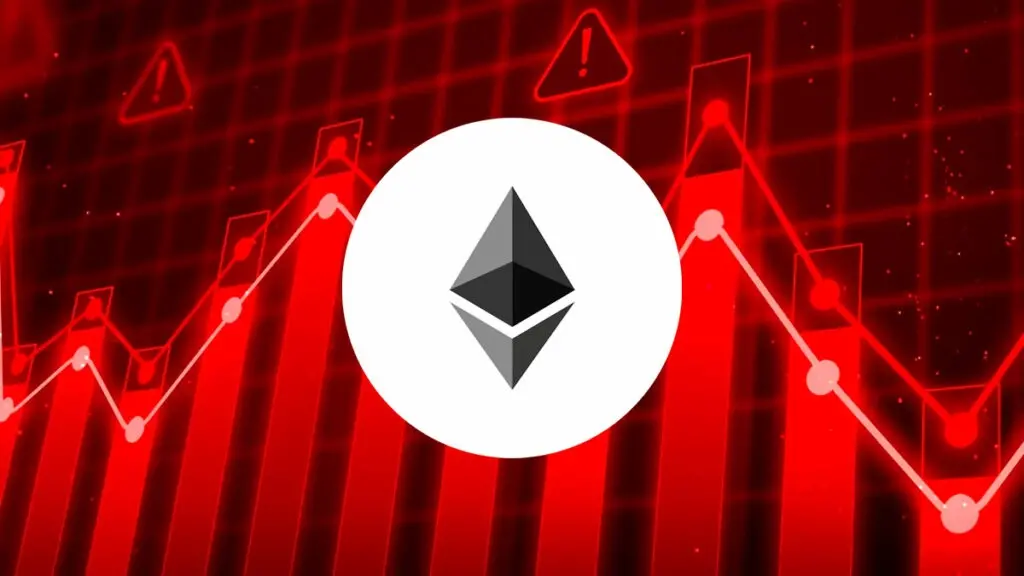Crypto Market Recovers from Heavy Sell-Offs, Boosted by Macro Trends
After a tough start, the crypto market has found some relief, with Bitcoin and Ethereum recovering slightly. Diplomatic moves and political assurances have helped stabilize the market.
After a rough start to the week with massive liquidations, the crypto market has finally experienced some relief, with a rebound driven by favorable broader macroeconomic changes.
Liquidations over the past day totaled $384.4 million, a significant drop from previous days. Meanwhile, the global market cap rose 1.1% over the last day.
Crypto Market Recovers After Massive Liquidations
The market’s dip was primarily driven by fears of a global recession, trade wars, and broader macroeconomic uncertainty. As a result, Bitcoin (BTC) and Ethereum (ETH) plunged to monthly and yearly lows.
This sharp decline led to widespread liquidations. Nearly $1 billion was liquidated from the market yesterday. Nonetheless, the latest data paints a slightly more favorable picture.
According to Coinglass data, $384.4 million was liquidated in the past 24 hours. Of this, $138.2 million came from long positions, while $246.2 million were short positions.
 Crypto Market Liquidation. Source:
Coinglass
Crypto Market Liquidation. Source:
Coinglass
Specifically, Bitcoin saw $186.7 million in liquidations, with $146.0 million attributed to short positions. Ethereum experienced $73.6 million in liquidations, with $40.3 million from long positions and $33.1 million from short positions.
Meanwhile, Bitcoin regained ground over $80,000, trading at $82,299. This marked a 3.6% increase over the past day.
 Bitcoin Price Performance. Source:
BeInCrypto
Bitcoin Price Performance. Source:
BeInCrypto
Notably, the recovery could be attributed to recent diplomatic developments. According to Bloomberg, Ukraine agreed to a temporary 30-day ceasefire in response to a US proposal. This has reduced geopolitical tensions that had previously weighed on the market.
Furthermore, Ontario suspended 25% tariffs on electricity exports to Michigan, New York, and Minnesota. This was also a major step towards easing trade tensions.
US political figures, including House Speaker Mike Johnson, have also provided much-needed reassurance to the markets. Johnson suggested that President Trump’s economic policies, which initially contributed to market instability, would eventually stabilize the economy.
“Give the president a chance to have these policies play out,” he said.
In addition, White House Press Secretary Karoline Leavitt noted that the market dip represented a temporary state rather than a definitive or permanent trend.
“We are in a period of economic transition,” Leavitt stated.
She emphasized the idea that market numbers, such as stock prices, trading volumes, and liquidations, reflect a specific point in time and can evolve. These combined factors—political reassurances, easing trade tensions, and a reduction in geopolitical risks—have contributed to the crypto market’s recent recovery.
Disclaimer: The content of this article solely reflects the author's opinion and does not represent the platform in any capacity. This article is not intended to serve as a reference for making investment decisions.
You may also like
Tom Lee reveals: The crash was caused by the 1011 liquidity crunch, with market makers selling off to fill a "financial black hole"
Lee stated directly: Market makers are essentially like the central banks of crypto. When their balance sheets are damaged, liquidity tightens and the market becomes fragile.

Boxing champion Andrew Tate's "Going to Zero": How did he lose $720,000 on Hyperliquid?
Andrew Tate hardly engages in risk management and tends to re-enter losing trades with higher leverage.

New Beginnings in the Darkest Hour: Is the Dawn of Bitcoin in 2026 Already Visible?
Risk assets are expected to perform strongly in 2026, and bitcoin is likely to strengthen as well.

Ethereum at a Crossroads: Quantum Threat Approaches, Wall Street Capital Exerts Dual Pressure
This battle between technology and human nature will determine whether Ethereum ultimately becomes the fintech backend for Wall Street or serves as the public infrastructure for digital civilization.

